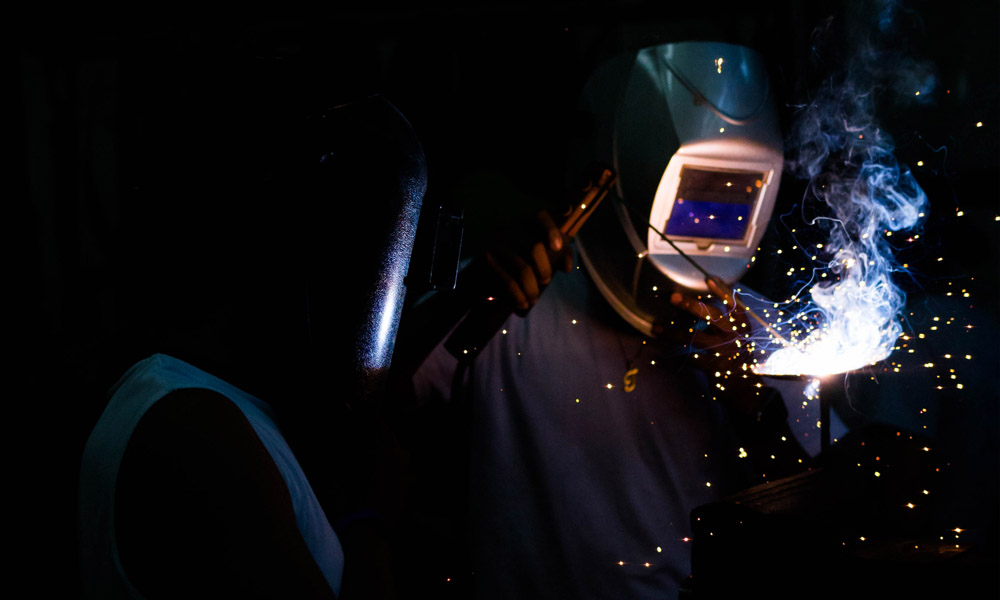A Complete Guide for How to Cast Iron Welding
Welding cast iron is not for the faint of heart, for it requires patience, skill, and a steady hand. But fear not, for with our full guide and pictures, we will show you how to master this challenging technique and create long-lasting, beautiful welds.
First and foremost, it is essential to understand the properties of cast iron. This material is prone to cracking and is difficult to weld due to its high carbon content. However, with the right preparation and technique, it is possible to weld cast iron successfully.
Step 1: Preheating
The first step in welding cast iron is preheating the material to prevent cracking. Preheating involves gradually warming the cast iron using a torch or furnace to around 500-800 degrees Fahrenheit. This process removes any moisture and helps to expand the metal, which reduces the risk of cracking during the welding process.
Step 2: Cleaning
Before welding, it is crucial to clean the cast iron thoroughly. Dirt, grease, and other contaminants can cause porosity and affect the quality of the weld. Use a wire brush or grinding wheel to remove any debris or rust from the surface of the cast iron.
Step 3: Choosing the Right Filler Material
When it comes to welding cast iron, the filler material is just as important as the welding technique. It is best to use a nickel-based electrode, as this material has a lower melting point and better thermal expansion properties than the cast iron. This helps to minimize the risk of cracking during the welding process.
Step 4: Welding Technique
When welding cast iron, it is crucial to use a technique that minimizes the risk of cracking. The most commonly used welding techniques for cast iron are TIG welding, MIG welding, and stick welding. TIG welding is the most popular technique, as it produces high-quality, precise welds.
Step 5: Post-Welding Treatment
After welding, it is essential to treat the cast iron to prevent any further cracking. This involves slowly cooling down the material to room temperature, either by covering it with a blanket or using a furnace. Once the cast iron has cooled down, it is essential to grind the surface to remove any excess material and create a smooth finish.
In conclusion, welding cast iron is not an easy task, but with the right preparation, technique, and materials, it is possible to create beautiful, long-lasting welds. Always remember to preheat, clean, choose the right filler material, use the correct welding technique, and treat the material post-welding. With practice, patience, and determination, you can master the art of welding cast iron and create stunning pieces that will last a lifetime.
At the end of the article, we recommend the following mma welding machines:
MMA welding is also known as stick welding and is a popular choice for welding cast iron due to its ability to provide a high level of control and precision.
When choosing an MMA welder, consider the amperage range, duty cycle, and portability. A welder with a minimum amperage of 30A and a maximum amperage of 200A is usually suitable for welding cast iron. The duty cycle is the amount of time the welder can operate at full power before it needs to cool down. For welding cast iron, look for a welder with a duty cycle of at least 60% or higher. Portability is also an important factor, especially if you need to move the welder to different locations.
Some recommended MMA welders for welding cast iron include PerfectPower ARC-200D sticke welding machine, PerfectPower MMA-200 mma welding equipment, and PerfectPower MMA-250D mma welder. It is important to choose a high-quality electrode that is specifically designed for welding cast iron to ensure the best possible results.
Before making a final decision, it is important to read reviews, seek advice from experts in the field, and consider your specific needs to choose a welder that will meet your requirements.


